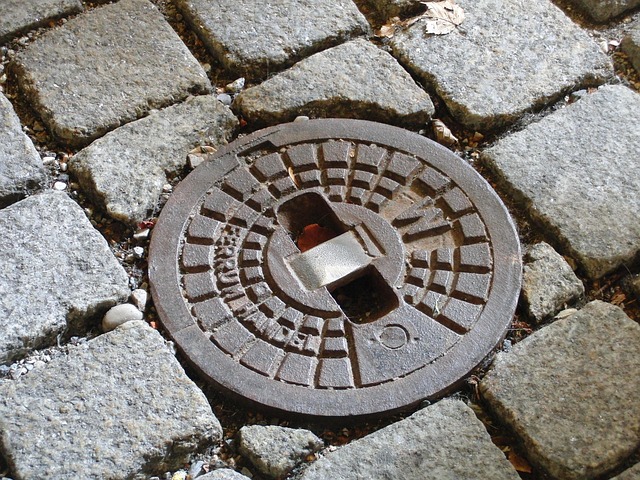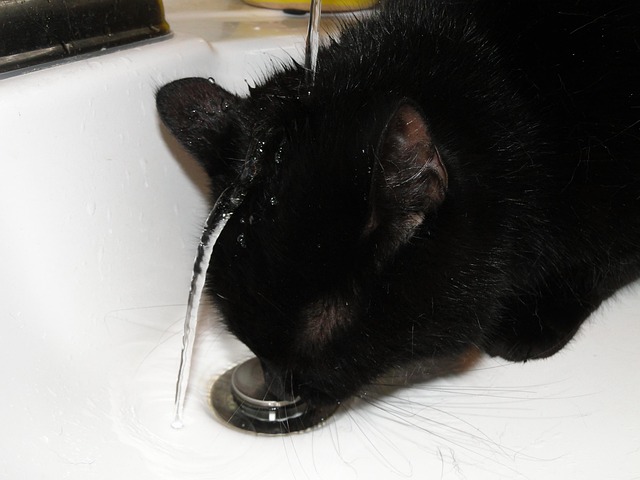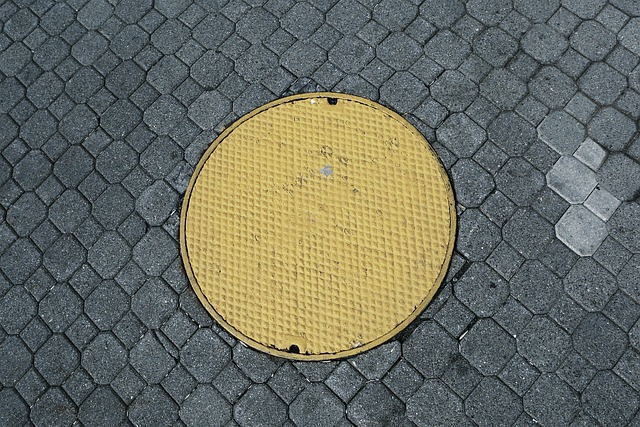Greasy clogs caused by oil and fat buildup can be prevented with regular plunging. Use a plunger and dish detergent to break up and dissolve blockages. Avoid excessive detergent use and mistakes like applying chemicals before plunging. Regular drain maintenance, including hot water and natural cleaners, ensures clear pipes. Plunger use is key for initial clog removal and pipe maintenance.
Tired of dealing with stubborn, greasy clogs in your drains? Don’t reach for expensive chemical cleaners. A simple combination of dish detergent and a plunger can be highly effective. Dish detergent’s surfactants break down grease while air pressure from the plunger clears blockages. This eco-friendly method is safe for pipes and budget-friendly. Learn how to use these tools effectively, plus discover maintenance tips to prevent future clogs.
- Understand Greasy Clog Causes
- Gather Essential Tools: Dish Detergent & Plunger
- Step-by-Step Guide: Using Dish Detergent
- Benefits of Dish Detergent for Drain Cleaning
- Common Mistakes to Avoid During Cleansing
- Maintenance Tips for Preventing Future Blockages
Understand Greasy Clog Causes

Greasy clogs are often caused by a buildup of oil, fat, and other grease-based substances that accumulate in your pipes over time. These materials, when mixed with hot water and waste, can congeal and form hard-to-remove deposits. Regular use of a plunger helps prevent these clogs by breaking up and dislodging potential blockages before they become stubborn and difficult to clear.
While a plunger is an effective tool for many types of clogs, it’s crucial to understand that it works best on smaller, grease-related obstructions. Using a plunger aggressively on more significant or complex clogs could damage pipes or make the issue worse. In such cases, professional plumbing services may be required to diagnose and resolve the problem.
Gather Essential Tools: Dish Detergent & Plunger

Before tackling any clog, it’s essential to gather the right tools for the job. For a greasy clog, two simple yet powerful weapons in your arsenal are a plunger and dish detergent. The plunger is your first line of defense; its suction action can break up stubborn clogs and clear out blockages in your drain. Ensure you have a standard plunger with a cup-shaped head designed for plumbing tasks.
Once the plunger is ready, fill the sink or tub with dish detergent. Dish detergents contain surfactants that help to dissolve grease and grime, making them highly effective at tackling greasy clogs. Pour about half a bottle of liquid detergent into the affected drain and let it sit for 15-20 minutes to allow the chemicals time to work their magic on breaking down the built-up grease.
Step-by-Step Guide: Using Dish Detergent

To clear greasy clogs using dish detergent, follow this step-by-step guide. Begin by gathering your tools: a plunger, a bottle of liquid dish detergent, and hot water. Fill the sink partially with hot water to create enough depth for effective cleaning. Next, squeeze a generous amount of dish detergent into the water. The soapy mixture will help break down grease and grime, making it easier to clear the clog.
Insert the plunger into the drain opening and ensure it creates a tight seal. Up and down motions with firm pressure should create a powerful suction force, which can dislodge the blockage. If the first attempt doesn’t work, repeat the process, adding more hot water and detergent as needed. This method is an effective and affordable solution, especially for stubborn grease clogs, and can often clear the drain without causing damage, avoiding the need for harsh chemicals or professional intervention.
Benefits of Dish Detergent for Drain Cleaning

Using dish detergent can be an effective and affordable solution for tackling greasy clogs in your drains, providing several advantages over traditional methods like a plunger. Unlike a plunger which primarily creates suction to dislodge blockages, dish detergent acts as a powerful lubricant, helping to break down grease and other substances that may have built up in the pipes. It also foams up, creating a seal that can help push the blockage out of the drain.
Moreover, dish detergent is designed to be gentle on plumbing while still being potent enough to clear obstructions. Unlike chemicals found in some commercial drain cleaners, which can corrode pipes or pose health risks if misused, dish detergent is safe for both your pipes and your family. This makes it a great eco-friendly option as well, reducing the potential harm caused by harsh chemicals that may find their way into water sources.
Common Mistakes to Avoid During Cleansing

When using a dish detergent for greasy clogs, it’s important to avoid common mistakes that can hinder the cleansing process or even cause further damage. One major blunder is not utilizing a plunger before applying any chemical solutions. A plunger can effectively clear minor obstructions, making it a first-line tool in unclogging efforts. Skipping this step might lead to excessive detergent buildup and diminished effectiveness.
Another error to steer clear of is overusing dish detergent. While it’s potent enough to tackle greasy clogs, excessive use can result in residue buildup within the plumbing system. This not only fails to address the root cause but can also corrode pipes and fixtures over time. Always follow instructions on the packaging for the correct amount to use, and remember that a little goes a long way when dealing with blockages.
Maintenance Tips for Preventing Future Blockages

Regular maintenance is key to preventing future blockages. One simple yet effective habit is to avoid pouring grease or large food particles down the drain. A quick check before washing dishes can save a lot of hassle later. Using a plunger for any initial signs of a clog can also prevent it from worsening.
Additionally, consider setting aside time each month to clear drains. Boiling water poured down the pipes can help dissolve accumulated grease and grime. Using natural cleaning agents like baking soda and vinegar as alternatives to harsh chemicals is another eco-friendly way to maintain smooth drainage.
